Hello everyone. Thank you for reading this article. I’m Shogo from Let’s ask Shogo, the interpreter of the online lessons and owner of this website.
I’m sure you’ve wondered why strings are attached to the Saya sheath of katana. These strings are called Sageo in Japanese, and regardless of the katana length, they usually have this string. But what are they for? Let’s discuss some of the possible reasons why.
- To tie the Saya to your hakama
- To use as a multipurpose tool
- Because katana are sacred
First of all, today, almost the only reason why katana have Sageo is to tie the Uchi-katana to your hakama. Some Ryuha styles must do this, while others don’t tie it and keep it hanging.
Next, in the past when samurai still existed, they hardly tied the Sageo to their hakama, but usually kept it hanginig. This is probably because they had many opportunities to take the katana out of their hakama, for example when they moved indoors. If they didn’t even tie their Sageo, what was it for? Many people say they used is as a multipurpose tool. Sageo is basically just a long string so it’s convenient for tying the sleeves up (Tasuki-gake), tying the katana to the back, capturing an opponent, or using it to stop bleeding.
Third, items that are considered sacred in Japan often have strings attached to them. Because if the last two were the only reasons why katana have Sageo, then you can’t explain why shorter katana like Wakizashi and Tantō have Sageo. Their Sageo are too short that it can’t be used for any other purpose. Seki Sensei pointed out that according to traditional Japanese religious beliefs, a string is tied around something sacred. This is true for shimenawa (sacred rope) at shrines, as well as for strings tied to trees and rocks. Other strings are also attached to taiko drums and other instruments.
What do you think? Please let me know your thoughts in the comments section.

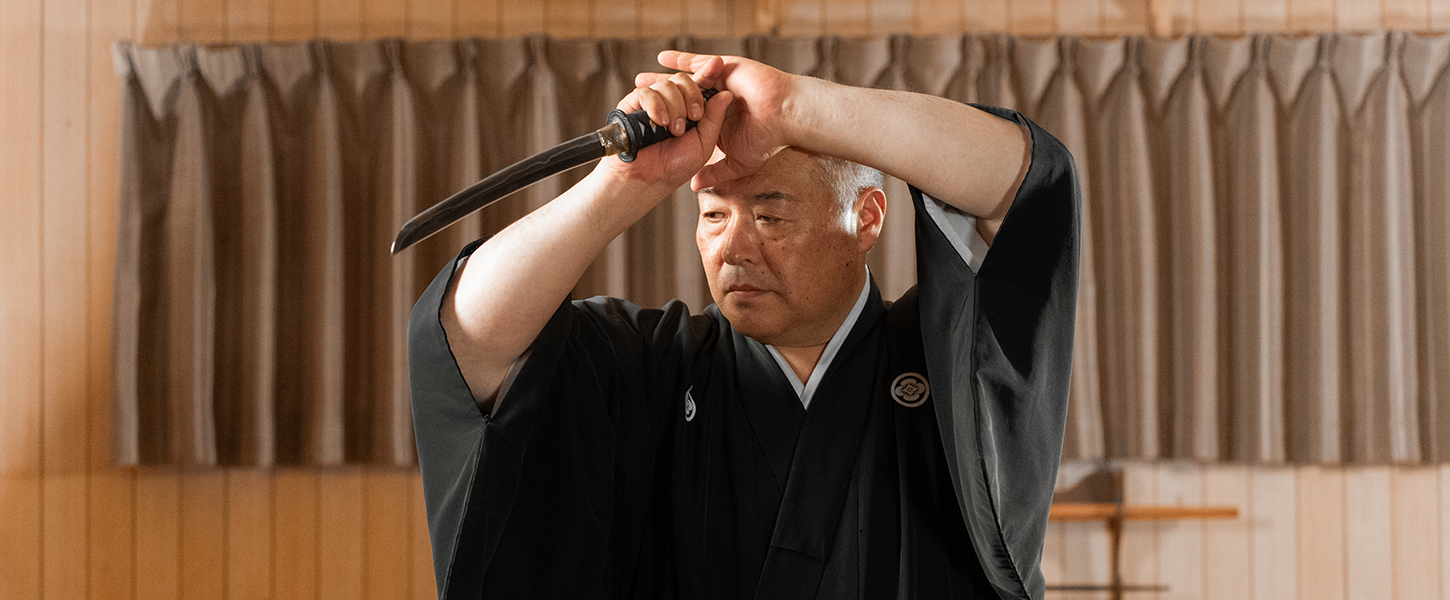
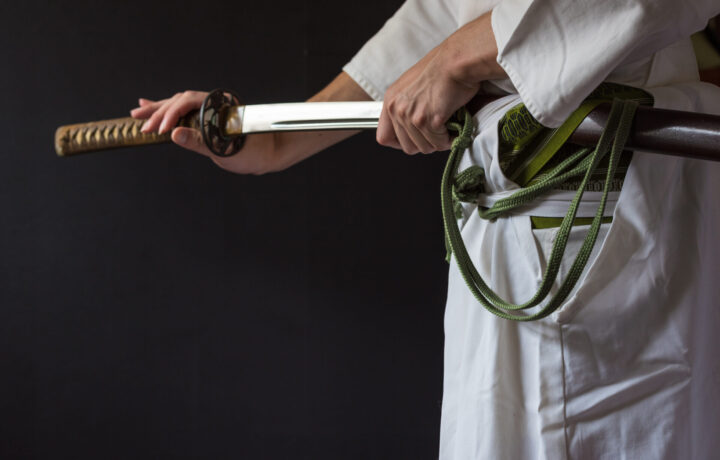
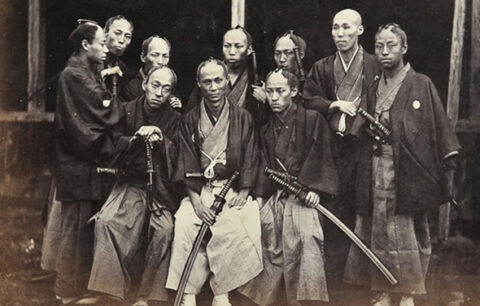
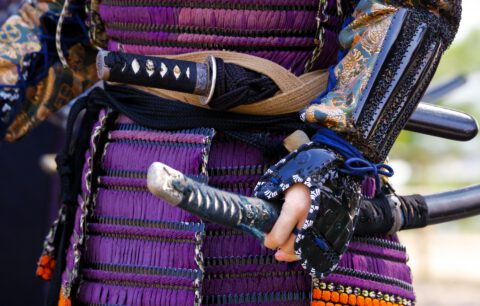
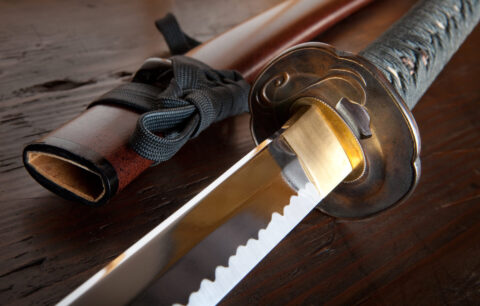
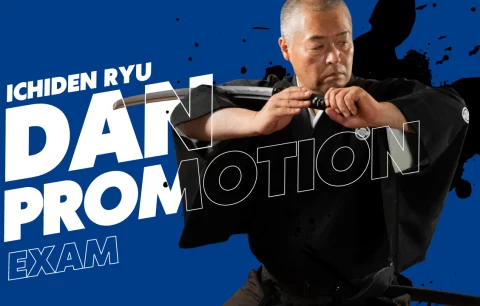
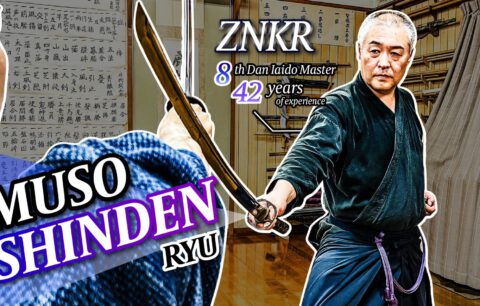
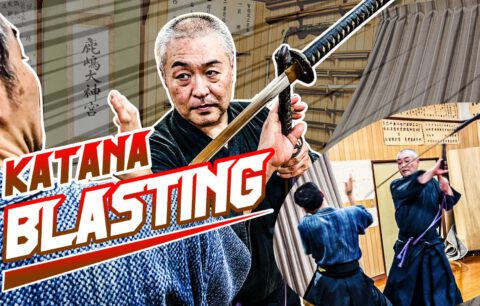
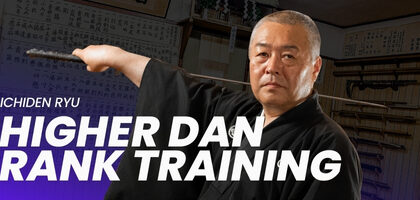

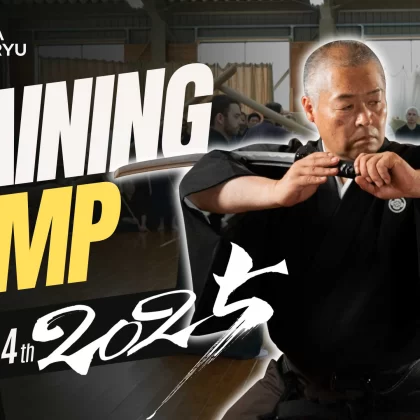


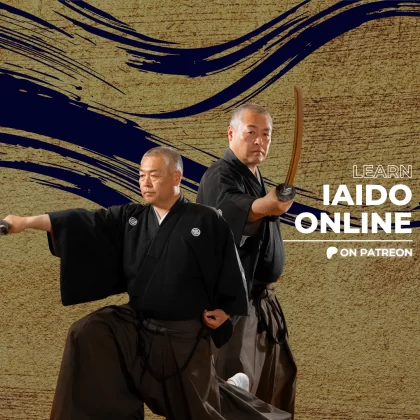

Comment